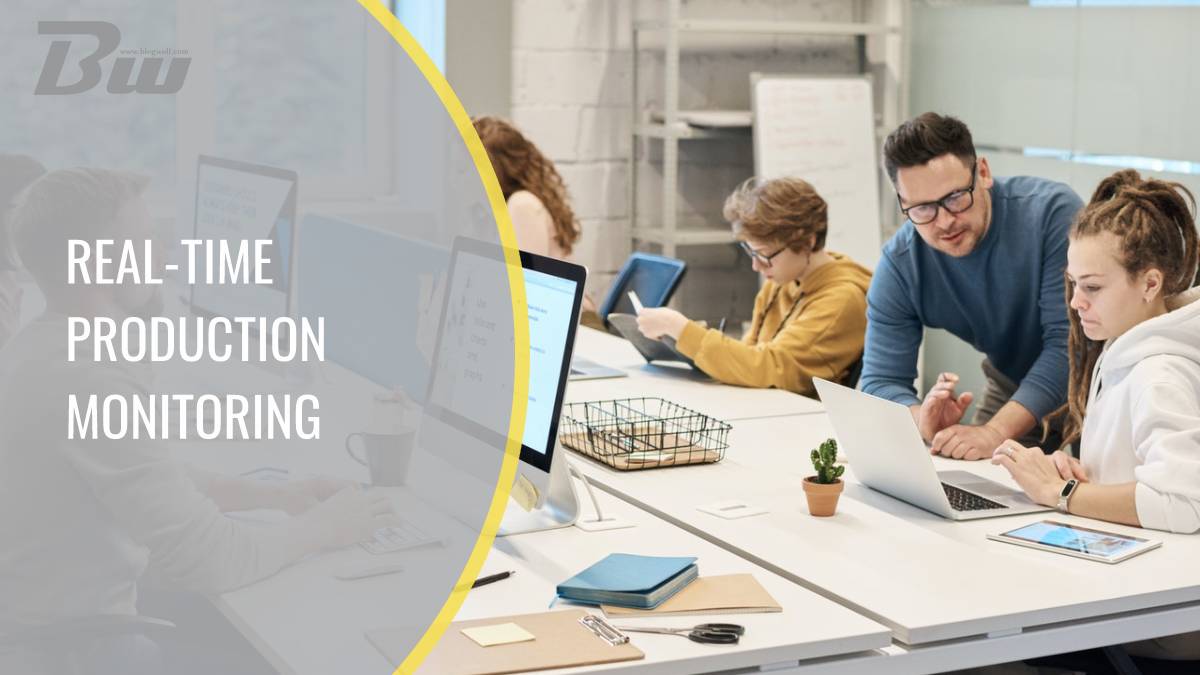Table of Contents
Digital transformation has caused a real revolution in the industry. Currently, it is possible to adjust and optimize processes more precisely with the use of efficient technological tools. Real-time production monitoring allows for greater control of production. With it, it is possible to identify security flaws and bottlenecks in the process.
As a result, the industry becomes more productive and competitive, increasing its quality and delivery potential. Since the manager is able to make more strategic decisions. Competitiveness has changed the way industries operate and produce. Operations tracking helps to increase the ability to integrate the shop floor with other areas of the industry. In addition, real-time production monitoring helps all production processes (preparation, quality, traceability, and generation of indicators) to become more agile.
By real-time tracking, it is possible to change the sequencing of product processes, check batch deviations, increase process speed, improve effectiveness, among others. With this, the system informs managers what must be done autonomously and automatically, which allows adjustments to be made in production according to demand.
If you’re in the business of creating websites, there’s another thing that might help you. WPMU DEV’s all-in-one WordPress platform combines multiple tools and licenses into one – allowing you to save money and streamline your development workflow. Get 20% off any of their plans.
Features of real-time production monitoring

1. Intercommunication between systems is essential for real-time production monitoring
The presence of a production monitoring system with the ability to communicate between the systems is essential. There is no point in monitoring production if the data is not passed on to all production levels. Data collection makes production more efficient, and this can only be done if systems are integrated. ANT’s OEE Performance Monitoring system helps factories do the first step to monitor production.
For more info, check out: https://antsolutions.eu/products/oee-performance-monitoring/ – ANT Software. Through cloud communication, shop floor communication becomes increasingly integrated, and everything can be connected directly. In the most innovative industries that have a high degree of production automation, the defect rate in final products is very low.
2. Real-time is essential
Monitoring production in real-time allows for the collection and availability of data so that the manager can make quick and assertive decisions, avoiding unforeseen events. In this way, production costs are reduced since the level of defects is low.
3. Monitoring each detail
Production consists of many stages – from the recipe to the finished element. Appropriate software allows you to track the course of processes at each of these stages for each product.
4. Technology is the key
Technology is the key to real-time data collection and production monitoring. Through modern software, it is possible to adequately monitor production, which enables the transformation of data into competitive intelligence. One of the most used technologies in industries is the IoT (Internet of Things).
5. History maintenance
With real-time production monitoring, it is possible to obtain data from all stages of the process. It is essential to keep a history of all activities. This allows to compare activities and see if production is becoming more efficient. Thus, the manager will have a more qualified view of all production processes and will be able to make more assertive and effective decisions.

